The American Southwest is a region where the earth’s artistic prowess is on full display with its natural landmarks. These landmarks, shaped by the forces of nature over thousands, if not millions, of years, are the earth’s masterpieces. Each one tells a story of the past and offers a glimpse into the world’s natural history. From towering sand dunes to intricate canyons, these natural landmarks in the Southwest are not only visually stunning but also rich in scientific and cultural value. Let’s embark on a journey through the American Southwest to uncover 12 diverse and awe-inspiring natural landmarks.
Antelope Canyon, Arizona
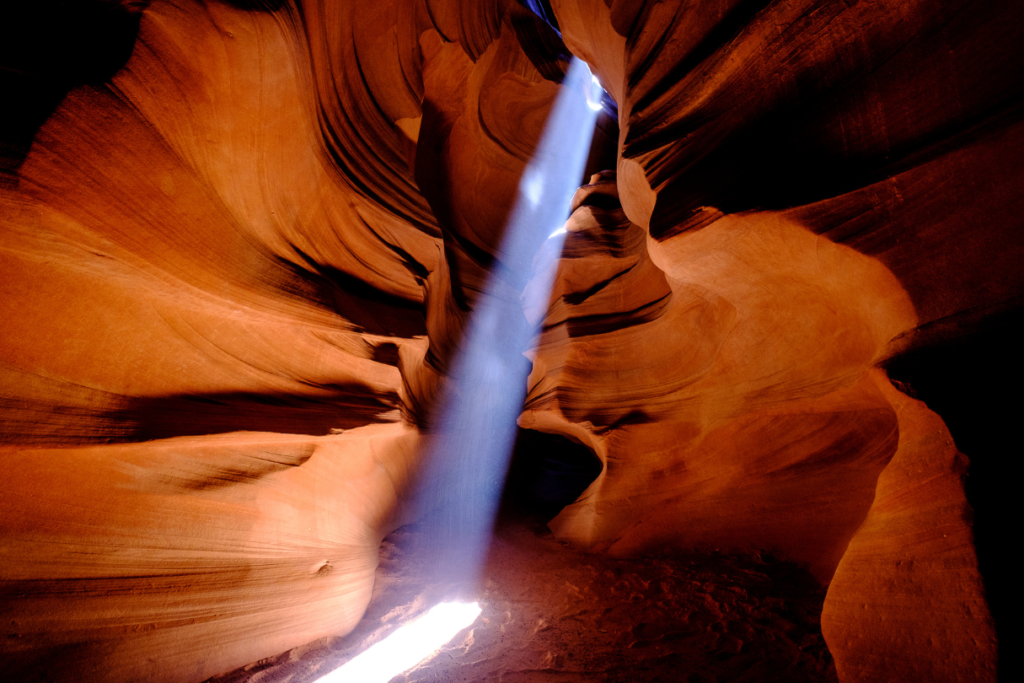
Antelope Canyon, a slot canyon carved by erosion, is a spectacle of wave-like structures that seem to flow like a river of rock. The light beams that shine directly down into the openings of the canyon create a supernatural appearance, painting the sandstone walls with hues of orange and red. This natural landmark is a photographer’s dream. Antelope Canyon is situated within the boundaries of the Navajo Nation on protected Navajo land. As a result of its protected status, visitors to Antelope Canyon are not permitted to explore the canyon independently. Visitors can only visit via tour guides.
Monument Valley, Arizona and Utah
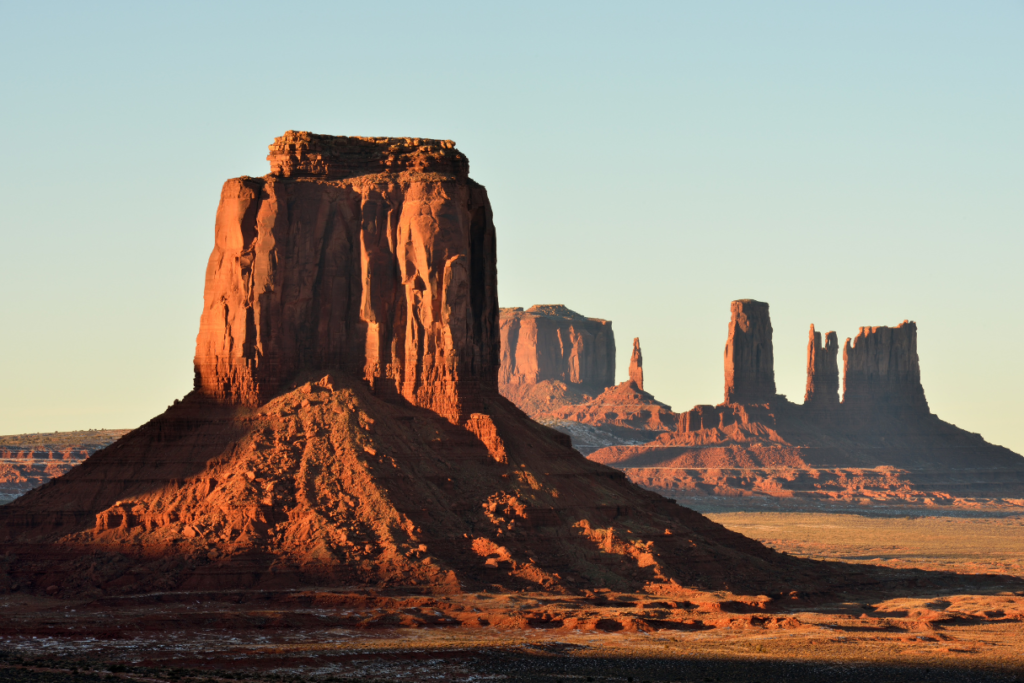
Monument Valley, straddling the border of Arizona and Utah, is characterized by its towering sandstone buttes. These structures, some reaching 1,000 feet in height, stand as timeless guards overlooking the barren desert landscape. The valley offers a glimpse into Navajo culture and has been the backdrop for numerous films such as The Lone Ranger, Fort Apache, National Lampoon’s Vacation and more.
White Sands National Park, New Mexico
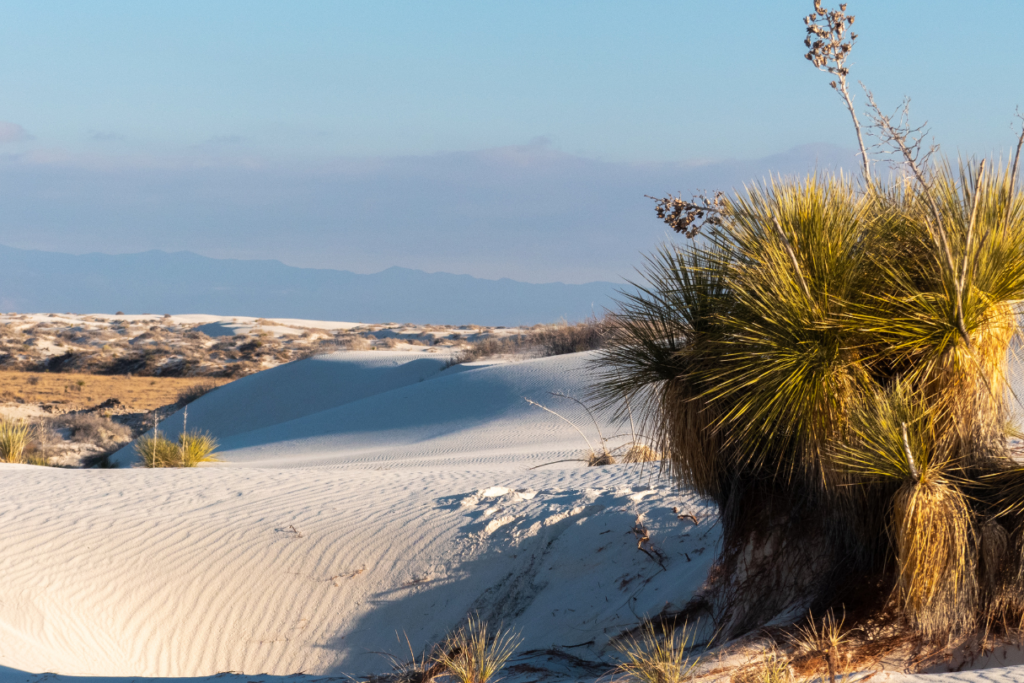
Situated in the heart of the Tularosa Basin in New Mexico, White Sands National Park is a spectacular natural landmark in the Southwest. The park stands out for being the world’s largest gypsum dune field, showcasing sweeping wave-like dunes of gypsum sand that spread across 275 square miles of desert terrain.
White Sands National Park is dedicated to preserving this unique dune field and the diverse range of plants and animals that call it home. It was first recognized as White Sands National Monument in 1933, before being upgraded to national park status in 2019.
With a backdrop of the dark San Andres mountains on the horizon, the contrast between the pristine white sand dunes creates a striking vista, cementing White Sands National Park as a truly remarkable feature among the natural landmarks in the Southwest.
Canyon de Chelly National Monument, Arizona
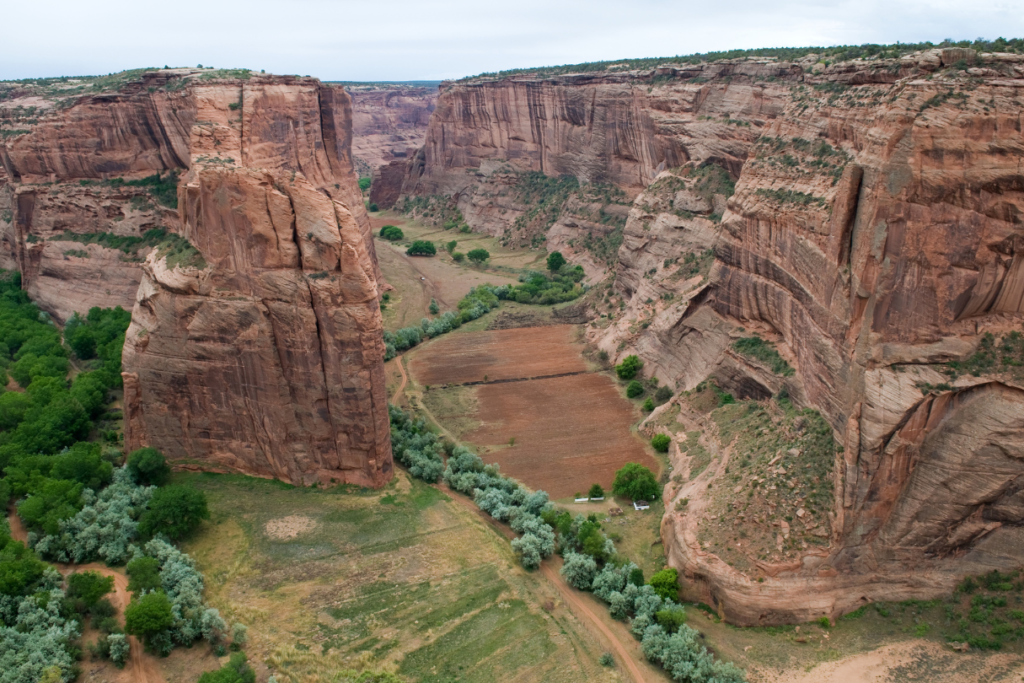
The Canyon de Chelly National Monument, nestled in northeastern Arizona, encompasses over 2500 archaeological sites dated from 1500 B.C. to 1350 A.D. It is a protected site and holds the distinction of being among the oldest inhabited regions in North America.
Spanning over 80,000 acres, the monument bears the remains of 5,000 years of Native American life, featuring preserved ruins of the Ancestral Puebloans, an ancient Native American civilization also referred to as the Anasazi people. The canyon itself offers stunning views of towering cliffs and vast landscapes, serving as a canvas of cultural history etched by nature.
Chaco Culture National Historical Park, New Mexico
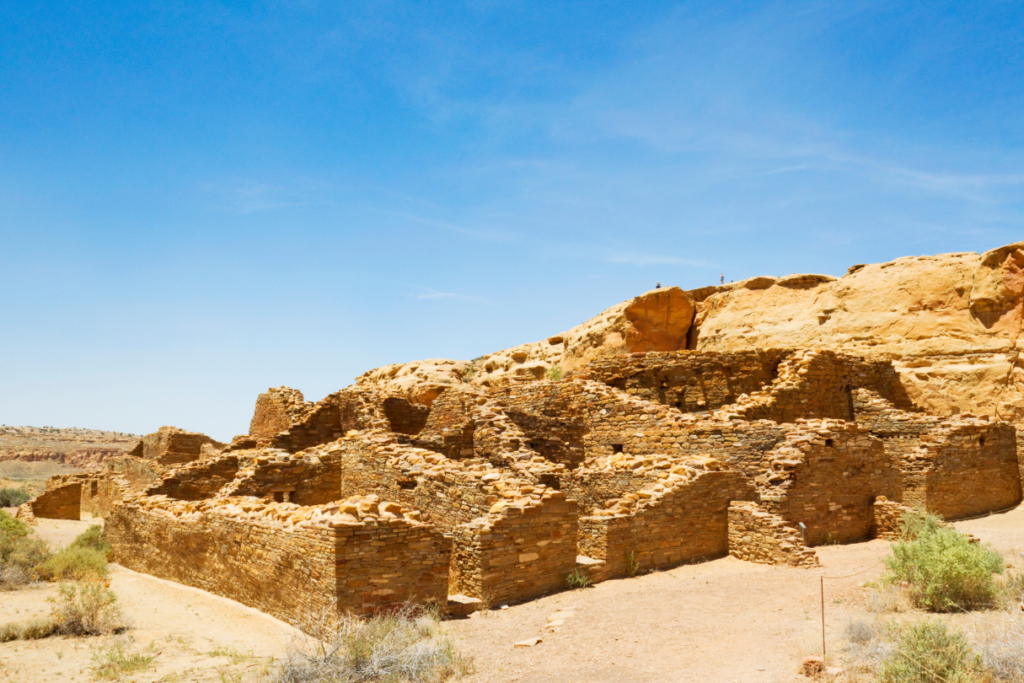
Chaco Culture National Historical Park is situated in the northwestern part of New Mexico. This park holds great significance, as it is recognized as a UNESCO World Heritage site and has the largest collection of ancient ruins north of Mexico.
The site served as an important hub for the Ancestral Pueblo (Anasazi) people, fulfilling administrative, economic, and ceremonial roles. Amidst the arid desert landscape, the park’s natural beauty complements the intricate masonry of the ancient Puebloan structures.
Capitol Reef National Park, Utah
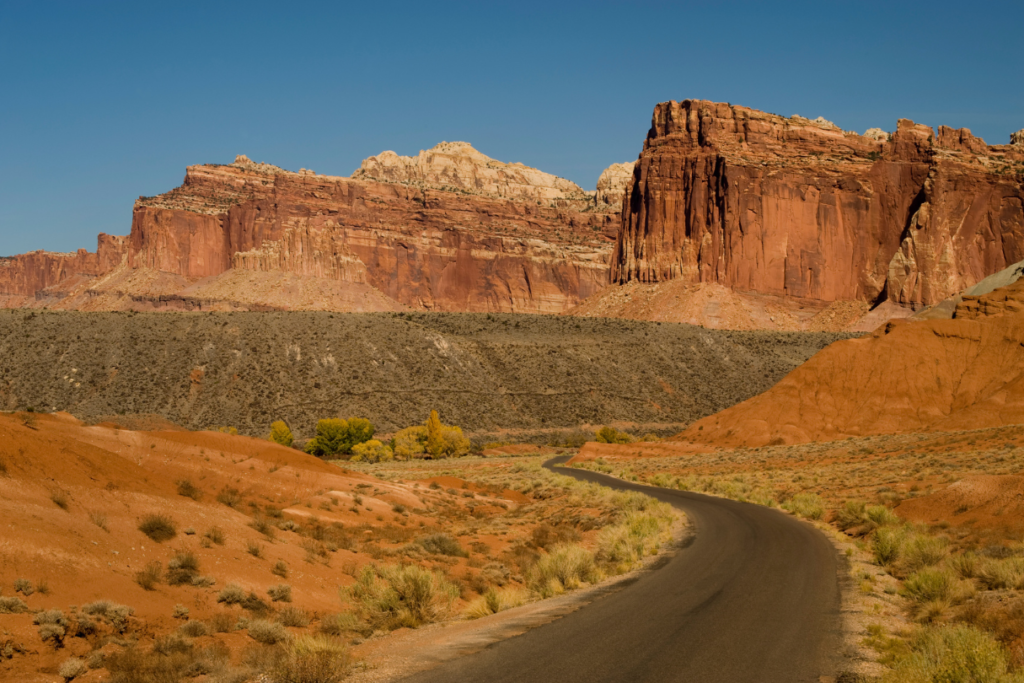
Situated in south-central Utah, Capitol Reef National Park stretches approximately 60 miles from north to south and is on average only six miles wide. Established in 1971, this protected area of diverse desert terrain stands as one of the captivating natural landmarks in the southwest.
One of the park’s most notable features is the Waterpocket Fold, a remarkable 100-mile geological wrinkle, or monocline, in the Earth’s crust that extends right through the heart of the park. This intriguing feature of the landscape adds a unique aspect to the overall appeal of Capitol Reef National Park.
Petrified Forest National Park, Arizona
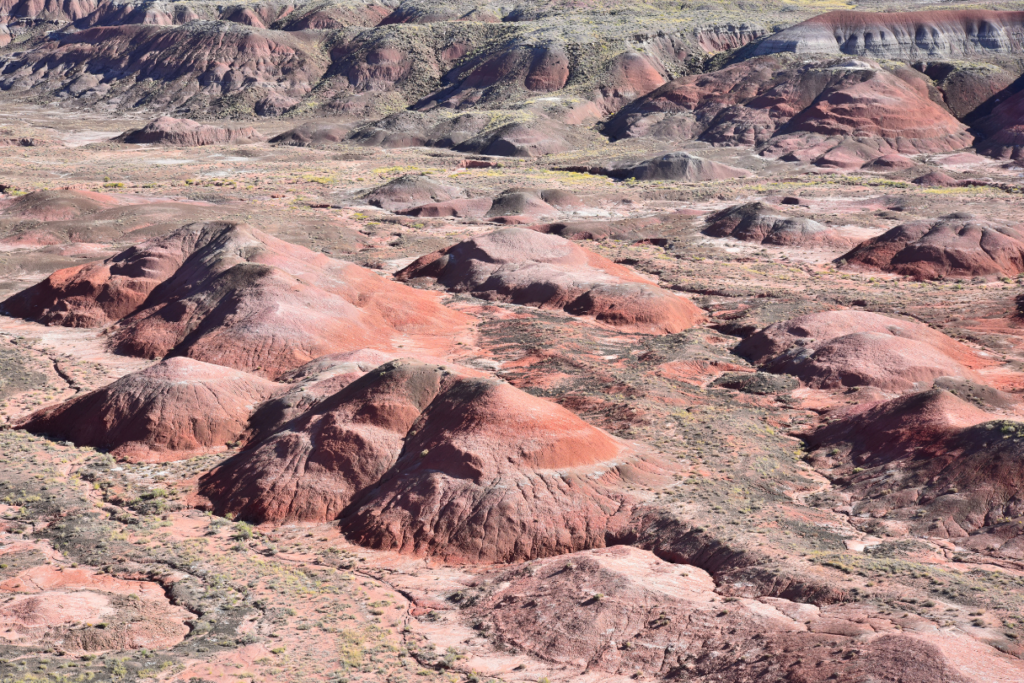
Tucked away in northeastern Arizona, Petrified Forest National Park stands as one of the unique natural landmarks in the southwest, spreading over 300 square miles. The park gets its name from the abundant deposits of petrified wood that dates back over 200 million years. These fossilized remains of trees form one of the world’s most extensive collections of petrified wood.
The southern sector of the park holds the main clusters of this famed, vividly colored petrified wood, while the north is marked by the multicolored striped badlands known as the Painted Desert. In addition to these, the park is a panorama of desert buttes, mesas, and beautifully eroded, brightly hued badlands (an arid landscape where softer rock formations and soil rich in clay have undergone significant erosion).
Great Sand Dunes National Park, Colorado
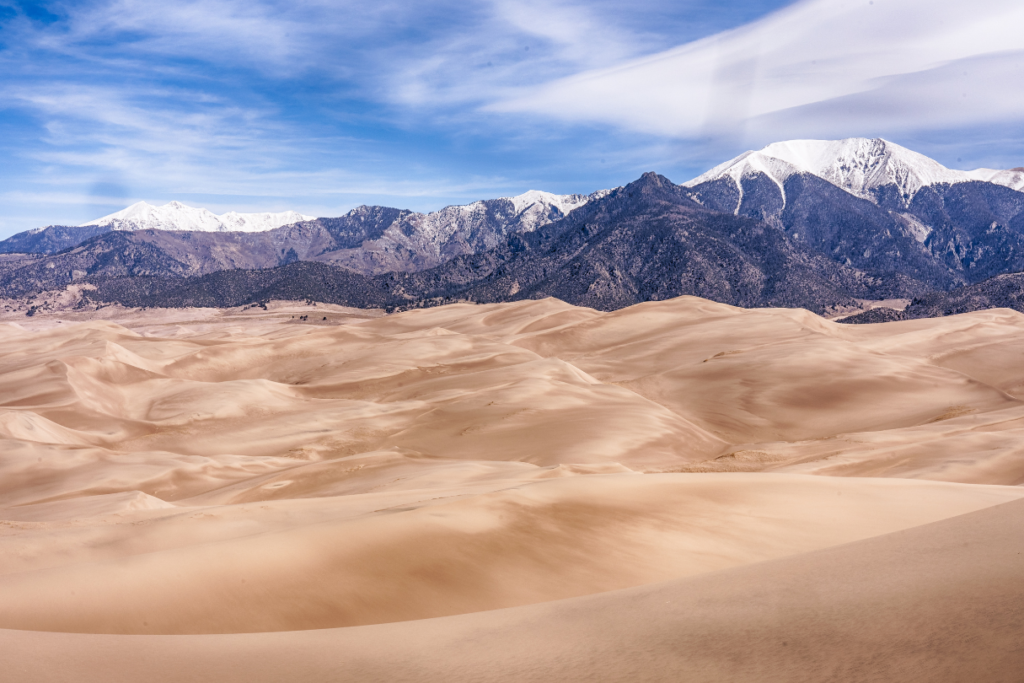
Nestled in the heart of south-central Colorado, the Great Sand Dunes National Park and Preserve is an astonishing natural landmark in the Southwest that spans over 150,000 acres. This unique park is known for housing the tallest sand dunes in North America, featuring peaks that reach up to 700 feet or 215 meters. These ever-evolving sandy crests are a direct result of the persistent winds sweeping across the San Luis Valley, creating a unique and awe-inspiring landscape.
Carlsbad Caverns National Park, New Mexico
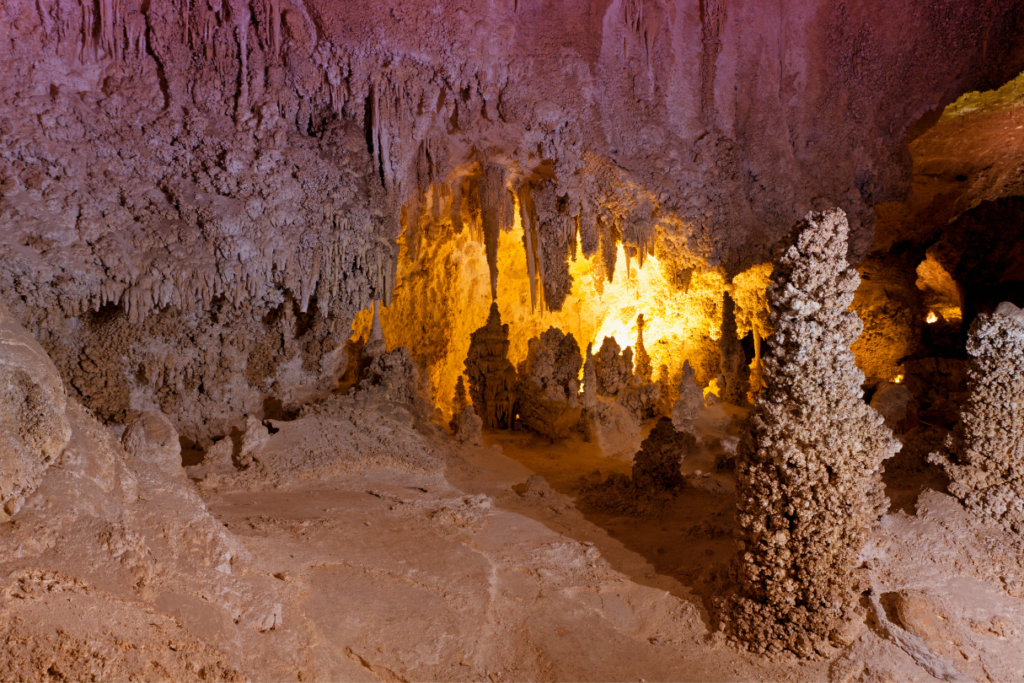
Located in the Chihuahuan Desert of southeastern New Mexico, Carlsbad Caverns National Park is a renowned natural landmark in the Southwest. This extraordinary park spans overs 70 square miles and is notable for its strikingly rich and diverse landscapes.
First established as a national monument in 1923, Carlsbad Caverns was elevated to a national park status in 1930. It further received recognition as a UNESCO World Heritage site in 1995. This testament to natural grandeur is home to over 119 caves, including its namesake, the Carlsbad Cavern.
Known to be among the deepest, largest, and most intricate cave systems discovered, these caverns were sculpted over time when sulfuric acid dissolved the underlying limestone, creating a complex of caves varying in size. Beyond its awe-inspiring caves, Carlsbad Caverns National Park is recognized for its breathtaking vistas, deep canyons, and exceptional geological formations.
Bisti De-Na-Zin Wilderness, New Mexico
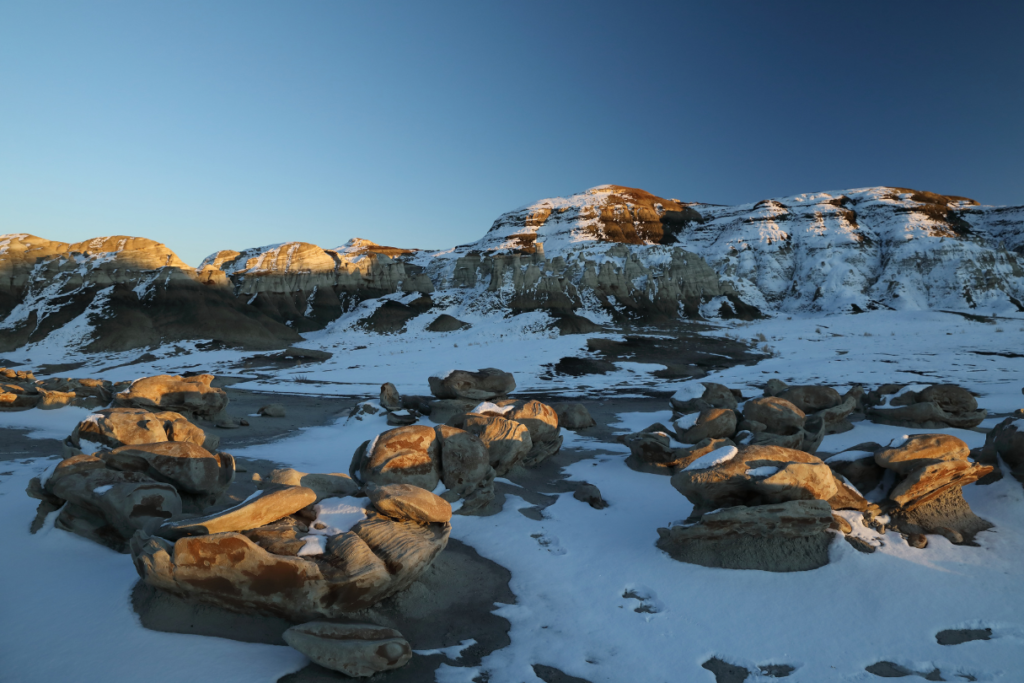
Located in San Juan County, New Mexico, the Bisti De-Na-Zin Wilderness, spanning across 45,000 acres, was established in 1984. Managed by the Bureau of Land Management, with the exception of three sections of land that remain as private Navajo land, this wilderness paints a picture that’s far from the ordinary.
The scenery here is distinctive to the Four Corners Region, featuring a rolling expanse of badlands that evoke the sensation of hiking on an alien planet without ever stepping off Earth. The Bisti De-Na-Zin Wilderness is a mesmerizing destination that adds a touch of the extraordinary to the roster of natural landmarks in the Southwest.
Valley of the Gods, Utah
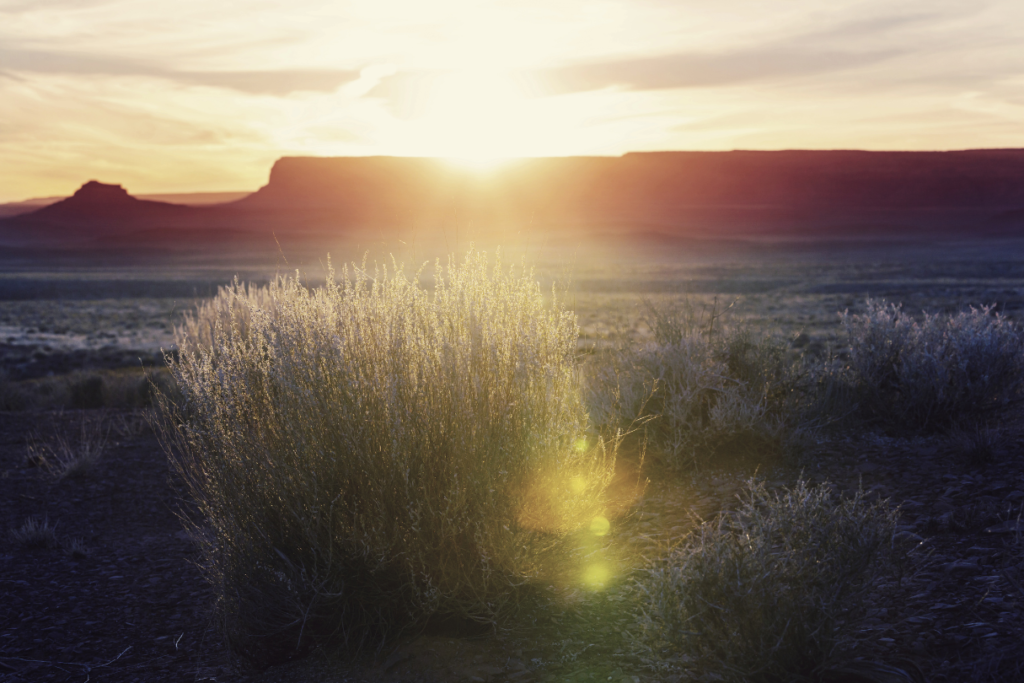
The Valley of the Gods in Utah is a lesser-known cousin to Monument Valley making it a hidden treasure in the area. This area features sandstone formations naturally sculpted by geological activity and erosion. The scenic vista is adorned with tall, reddish-brown mesas, buttes, towers, and mushroom rocks — remnants of an ancient landscape of a pantheon of gods frozen in stone.
Chiricahua National Monument, Arizona
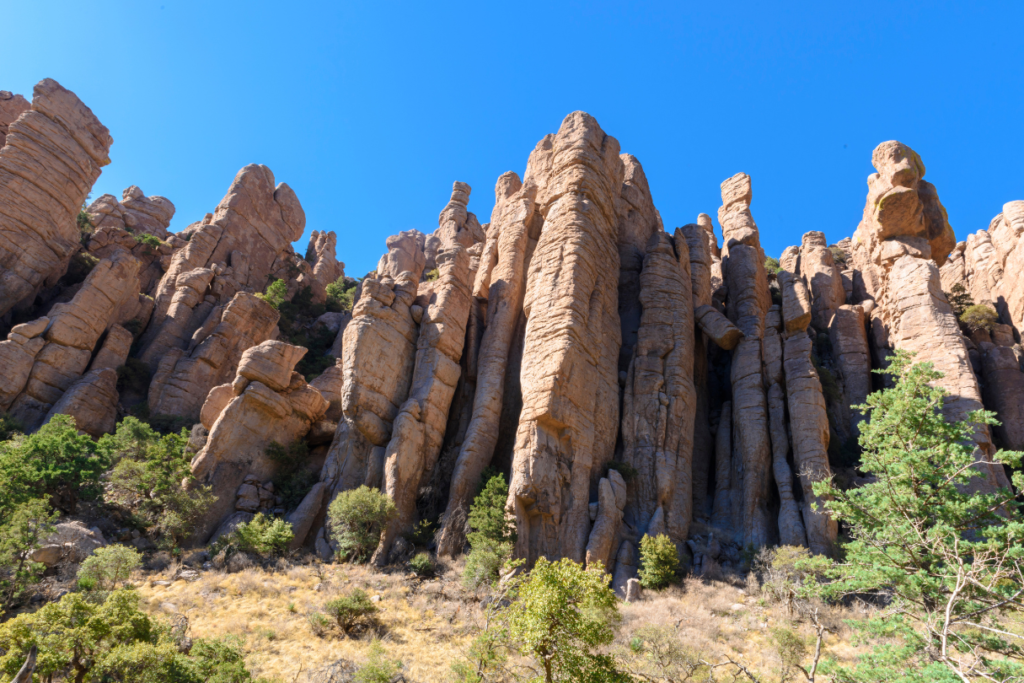
Nestled in Arizona, the Chiricahua National Monument is a lesser-known treasure among the natural landmarks in the Southwest. This protected area garners attention for its distinctive volcanic rock formations, products of a time when this landscape was scarred and shaped by volcanic activity.
The eruption’s aftermath left behind a layer of volcanic ash that solidified into a type of gray rock known as rhyolitic tuff. Over time, the forces of erosion worked on this hardened ash layer to sculpt the awe-inspiring rock columns, stone spires, and balanced rocks that define the monument’s scenery today.
In May 2023, a bipartisan bill was put forward proposing to upgrade the status of Chiricahua National Monument to Arizona’s fourth national park. This proposed elevation in status underscores the importance of this unique geological marvel among the natural landmarks in the Southwest.

“Traveling is the art of collecting stories, not just souvenirs.”
